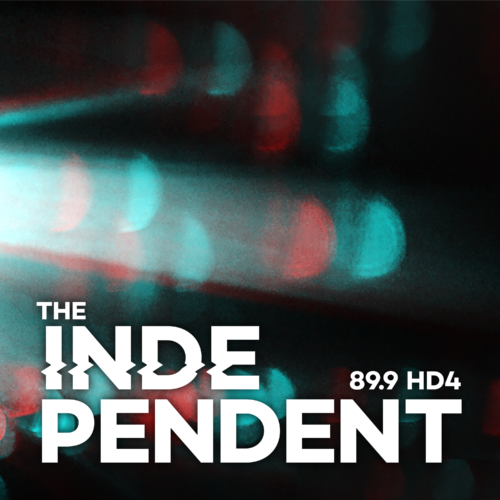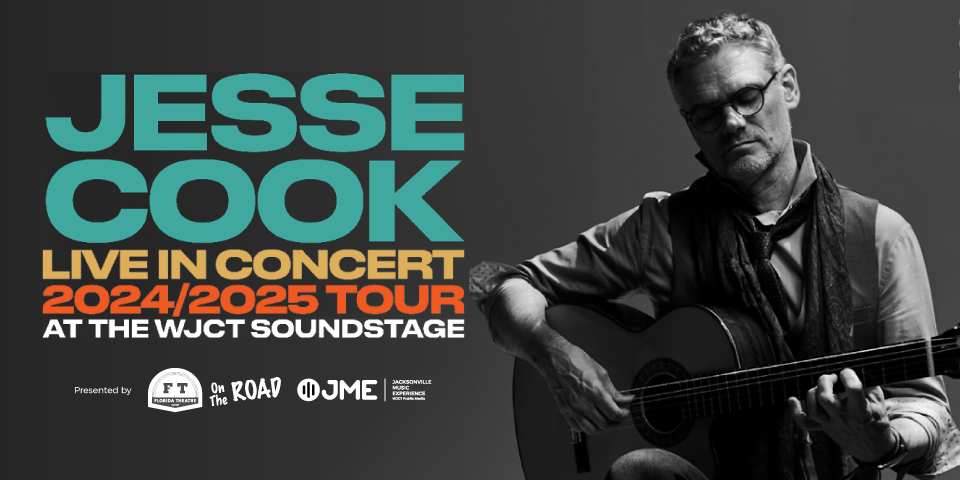Author Dawnie Walton on how Jacksonville’s music scene shaped her critically acclaimed novel
There’s much to love about Dawnie Walton’s debut novel The Final Revival of Opal & Nev. As innovative as it is in its structure, Walton’s book––which is written as the kind of oral history one would read in a music publication, say Spin or Rolling Stone––pulls you into a world that is so immersive, so believable, that you’d be forgiven if, the next time you visited your local independent record store, you went digging for Opal & Nev rarities.
Of the many feats accomplished in Walton’s tour de force, the author’s ability to artfully illustrate the complexity of musical fandom––that ineffable, mystifying mix of qualities that garners certain artists their own singular kind of devotion, as well as the sense of belonging enjoyed by the devoted––is worthy of its own distinct share of praise. In Opal Jewell, the book’s self-assured, politically aware, proto-Afrofuturist singer-songwriter, Walton created a character whose sense of style and myriad trailblazing would assuredly attract the specific and intense fervor of the Mercurials––the fictional fan group that follows Opal & Nev on their one-and-only tour.
“…in some of these places we played on the tour, there were people who I think never had a fair chance, never sensed their options,” Jewell says of the Mercurials she encountered nightly. “Any kid who wasn’t white, of course, but also the fat kids, the gay kids, the artsy, nobody-understands-me kids… for those kinds of fans, as Opal & Nev we were more than just rock stars they loved. We were like freedom to them.”
Though this is her first book, Walton has clearly mastered one of the most important aspects of her craft, which is to care enough about her subject to want to live inside it. Want to? Hell, in many ways she did live inside her subject.
A Stanton College Prep grad, Walton derived a great deal of inspiration for her novel from her experiences growing up in Jacksonville, FL. The Mercurials, in many ways, were modeled after the in-group of outsiders Walton danced with as a teen at Einstein A Go-Go, the legendary all-ages venue in Jacksonville Beach. One of the book’s other main characters, SarahLena “Sunny” Curtis, is a music journalist for a Rolling Stone-esque magazine called Aural; Walton spent years working as a writer and editor for similar publications.
…the experience that had the most impact on the writing of the book was going to Einstein A Go-Go.
DAWNIE WALTON, AUTHOR OF THE FINAL REVIVAL OF OPAL & NEV
Then there are the Bond Brothers, the fictional Confederate-flag-donning Southern-rock outfit. After being discovered playing in an Atlantic Beach dive bar, the Bond Brothers are signed to Opal & Nev’s label, playing an integral role in the book’s narrative arc. “So basically The Bond Brothers are Lynyrd Skynyrd,” Walton told me recently via telephone.
During an hour-long interview, Walton and I discussed a range of topics centered around how Jacksonville shaped her critically lauded novel. The following are highlights of our conversation.
Did you grow up in a musical household? Did your parents or extended family introduce you to any music that resonated beyond childhood or shaped the music you eventually gravitated toward?
Yes. My family are huge music fans. Both sets of grandparents really loved jazz, especially jazz singers. One grandfather was in love with Lena Horne. He also liked Nat King Cole. The other grandfather loved Dinah Washington and Sarah Vaughan. So my naming of [the character] Sunny, giving her the real name of SarahLena, is a tribute to that. My parents were in their twenties in the ‘70s and they were into soul, especially soul with consciousness to it; Marvin Gaye, Stevie Wonder, War, etc. I grew up loving all of that. I also grew up going to The [Jacksonville] Jazz Festival every year.

What role did music play in you finding your own identity growing up?
When I came into my own kind of music fandom in the early ‘90s, there was so much happening in music. You had the golden age of hip-hop going on. I was introduced by my older cousin Mike to A Tribe Called Quest and De La Soul. But probably the experience that had the most impact on the writing of the book was going to Einstein A Go-Go.
Right, the all-ages venue. It has a kind of mythological status here. Did you start going there as a teen? What did EAGG mean to you as a youngster?
I probably started going when I was 16. I was pretty regular there. I would go at least one weekend night each week. I didn’t go to the shows so much. I just liked to go and dance. I’m part of a Facebook group for Einstein’s now. It’s very active, very nostalgic. I don’t know of any place that was like it. The fact that it was all-ages, you know? Kids from all the different high schools that were into alternative rock or indie rock; it was an interesting community. It was goths and skaters and punks. I know for a lot of people it felt like a safe haven. I’ll just say that when I was writing in my book about Opal & Nev’s fans, the Mercurials, I was thinking about me and my friends at Einstein’s.
It was complicated for me. There were only maybe a handful of Black regulars who would go. It could be confusing at times. But overall it was such a positive and wonderful experience that really stoked my passion for music. I’m surprised I didn’t go deaf going there and standing so close to their giant wall of speakers [laughs]. We would do the Einstein’s Dance, which anyone who was a regular could probably break into right now. If there’s a video of it, it probably looks so bizarre. It was a really special place.
And Opal Jewell? You drew on those EAGG experiences when creating that character?
Yeah. The thing about Opal was that I wanted to create a character that I could kind of insert into that history [at Einstein’s], that I would have been in awe of or been a huge fan of. She was an amalgamation of different pieces of real life artists––partly Grace Jones for her style and general attitude; Nona Hendryx who, as part of Labelle, was the one pushing their Afrofuturist aesthetic and writing their more political songs; and then Betty Davis who was a ‘70s cult-funk icon in the New York Downtown scene. Very provocative for the time. The critics didn’t know what to do with her.
I think Opal & Nev’s sound would have been a little heavier than what I was into at the time. But [Opal’s] style, her edge, her wit; all of those things I would have absolutely loved. I would have put her up on my bedroom wall. It would have felt so affirming. She’s the kind of artist that would have influenced the bands that I liked.
You painted such a vivid portrait of an artist, where, when I was reading the book I felt like this person, Opal, would be having a moment right now.
I think so, too. I also think, if she had existed, [Opal & Nev] would have definitely played at Einstein’s. There were so many influential bands that played there. You would be seeing them on an old flyer.
So did your experiences growing up in Jacksonville help you identify as a music-obsessive?
I think it was a combination of time and place. Not to get too sappy, but I think the ‘90s were just a really different time for music fandom in the sense that, because music was tangible and you paid for music, you experienced it in a different way. I remember clearly Tuesday being album release day and going to the Theory Shop in Five Points. Or going to record stores to listen to whatever was new. Then going home and unwrapping the CD and reading the lyrics while you listened to it. I have such a deep nostalgia for music from that time in my life.
And what about Neville Charles? When I was reading the book I was getting images of Donovan, maybe Harry Nilsson. Lindsey Buckingham, too, especially when you dove into Nev’s pop-star days. Were there archetypes you were drawing on specifically for Nev? Were there people like Nev in Jacksonville when you were here?
There’s nothing really from my Jacksonville experience. I would say Nev was a bit fuzzier for me in terms of influence. I was initially thinking of him more physically; somebody who had a look like David Bowie. That was my first pitch when I was writing this book: Imagine if Grace Jones and David Bowie made music together. Then he became quite a different kind of character. What I was thinking about mostly was chameleonic figures. There’s a reference to Rod Stewart in the book; about going from The Faces to a very slick and polished pop solo career. I was thinking about things like that.
And Nev does that and yet doesn’t lose much cultural cachet. It’s hard to imagine Opal being able to do the same.
That’s what I was trying to get at. Bob Dylan is similar in that way. He’s someone who is celebrated for all the different phases of his career. But Nev’s references are a whole lot looser than the one’s for Opal.
I think Opal & Nev would have definitely played at Einstein’s. There were so many influential bands that played there. You would be seeing them on an old flyer.
DAWNIE WALTON, AUTHOR OF THE FINAL REVIVAL OF OPAL & NEV
I wanted to talk about the Bond Brothers, the fictional Southern rock band from right outside of Jacksonville in your book. There’s a heavy mythology in Jacksonville around Southern rock; certainly a fair amount of pride in that genre being identified with the city. Was that something you were aware of growing up here? How did you feel about the sort of iconography of Lynyrd Skynyrd? The Confederate flag and what not?
So, yes. Basically the Bond Brothers are Lynyrd Skynyrd [laughs]. That was the reference. That is because I’m from Jacksonville. Growing up in a Black family, we didn’t really mess with that [Southern rock]. I do know that, since I grew up in Riverside, I was zoned to go to Robert E. Lee High School, which was [Lynyrd Skynyrd’s] alma mater. I would hear stories about people visiting Ronnie Van Zant’s grave. And I very clearly remember Confederate flag iconography. And I remember people screaming out “Freebird” randomly; as a joke, sure. But it felt like a Jacksonville thing. I also felt like that [the Southern rock fan] was a different kind of rock fan than I was, or that my friends were.
Right, and your book is in many ways about reckoning with past transgressions. Ronnie Van Zant apparently identified with George Wallace. The band flew the Confederate flag. Yet, even in 2021, they seem to get a pass; Van Zant is often called “complicated.”
I think I was reckoning with imagery in general in the book. The image of the “strong Black woman.” The image of different kinds of music, Southern rock being one genre. I wanted to insert this Black woman into that scene and wonder: What would she have felt about that? I’m also unpacking the complications of Jacksonville, which is forever an interesting place to me, especially when it comes to music.
Certainly. There’s so much conflicting literature and history about Lynyrd Skynyrd, in particular. Especially “Sweet Home Alabama” and the meaning behind the lyrics.
One of the background singers on “Sweet Home Alabama” is Merry Clayton, who has talked about not wanting to do that song. I think her husband [Little Feat’s Sam Clayton] convinced her to do it, but she had an approach and an attitude about doing it. I don’t know if that “boo, boo, boo” line [after Van Zant sings “In Birmingham they love the Governor,” in reference to staunch segregationist George Wallace] was ad-libbed or not. Later on Merry Clayton’s solo album she performed Neil Young’s “Southern Man.” It was her subtle way to make it known that she was not really with this. It’s ironic that Lynyrd Skynyrd wanted that soulful sound on that track at the same time that they are using this imagery [of the Confederate flag]. It’s all very complicated.
The other main character in the novel SarahLena “Sunny” Curtis works in print media. And you worked in magazines, yourself. Did print magazines play a role in forming your relationship with music and artists?
At one point, there was nothing that felt more luxurious than a print magazine. My technical major in college was magazine production. I always wanted to work in magazines. I ended up in newspapers, at the Oregonian and then the Washington Post. And made this strange jump into digital media right when it was becoming a thing, around 2000. After that I was in magazines here in New York, but I was working for the digital arm of the magazines [laughs]. I’ve seen a lot of change. And similar to how the entire music industry has changed, so has media. So I wanted to write about how those two industries had changed so drastically since the days when I first became interested in either. Writing the parts of the book that were like excerpted features or concert reviews, that was indulging some nostalgia for sure.
Do you think there is still a place for the kind of music journalism the crew at Aural is doing in the book?
I do. Yes. As long as there are people who are obsessed with music or entertainment, there’s an audience for that kind of journalism. Whether that audience can justify the budget for travel and photo shoots, that’s a different story. It might not come in the package that we’re used to. Vulture is one of my favorites. Rolling Stone is still doing amazing work. It’s about making the right investments. Those stories absolutely can still be told.
I wanted to insert this Black woman into that scene and wonder: What would she have felt about that?
DAWNIE WALTON, AUTHOR OF THE FINAL REVIVAL OF OPAL & NEV
Are there books that you might recommend to our readers that might have influenced the world you created for Opal & Nev? Books that might help contextualize those times and places?
I think Patti Smith’s Just Kids is a good one. At one point I read Debbie Harry’s memoir [Face It] and I really recommend that one. Then, there’s a book that came out right as we were going to press with Opal & Nev called Black Diamond Queens by Maureen Mahon. That book blew me away. It’s about contributions by African American women to rock n’ roll. Then, another book that’s really amazing, especially if you like oral histories, is Live From New York, which is an oral history about Saturday Night Live. It’s probably one of the most influential books I’ve read. It’s so good. Very juicy. They talk to everybody and cover everything, from the early conception of the show to network dramas, drug addictions. It’s really great.
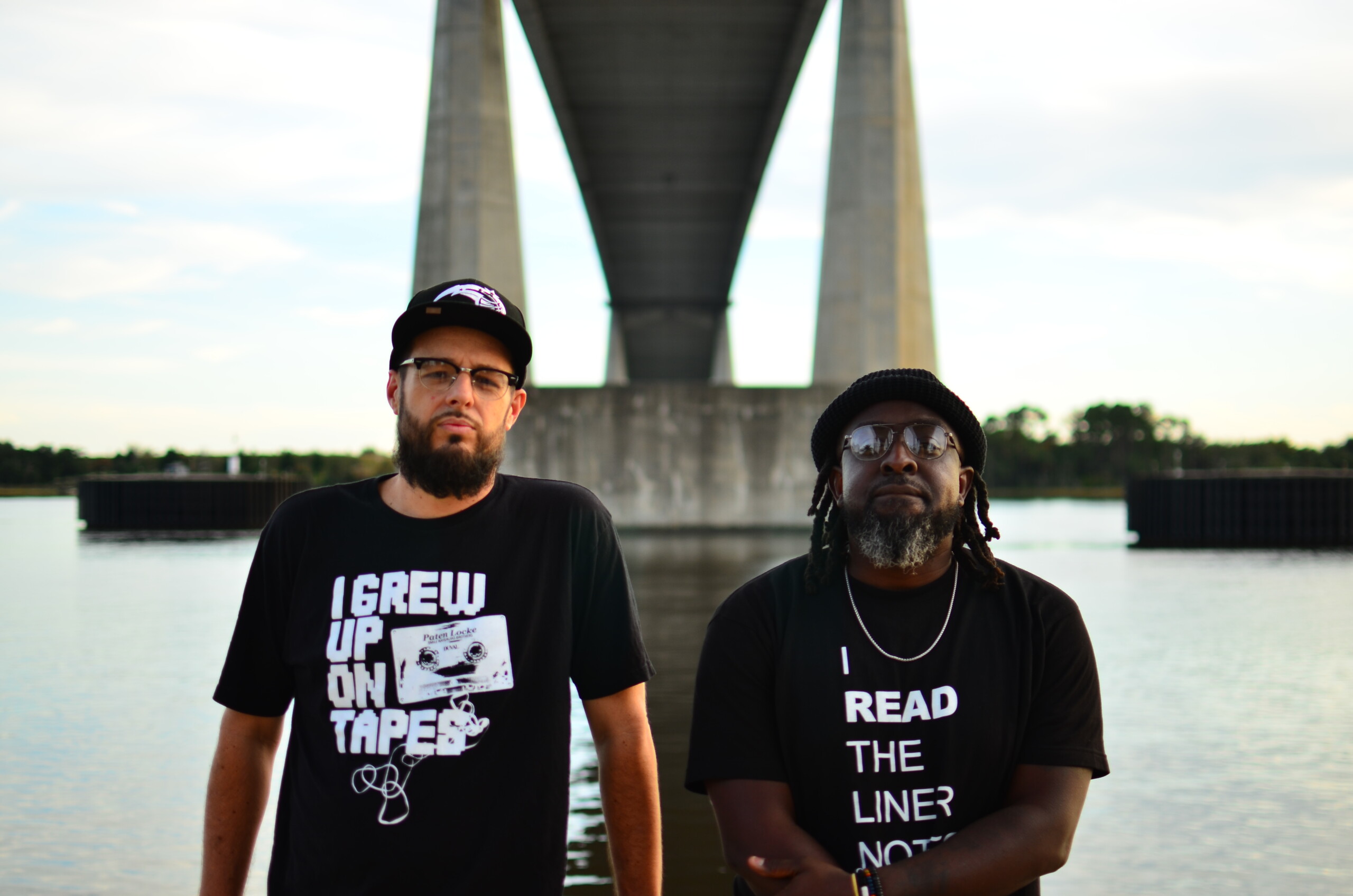
Mr. Al Pete and Notsucal Release Their Latest Collab, ‘G4.5’
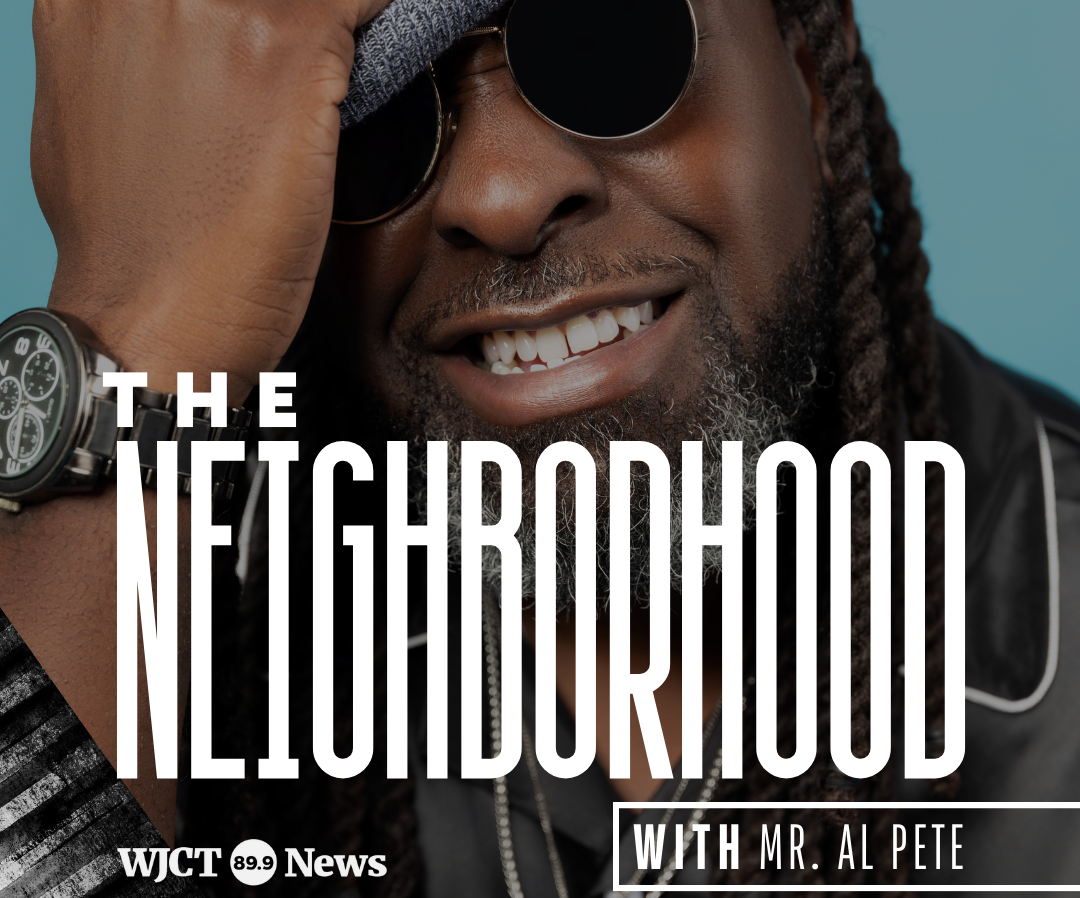
Dinner Party, Tom Misch and More from the Neighborhood with Mr. Al Pete
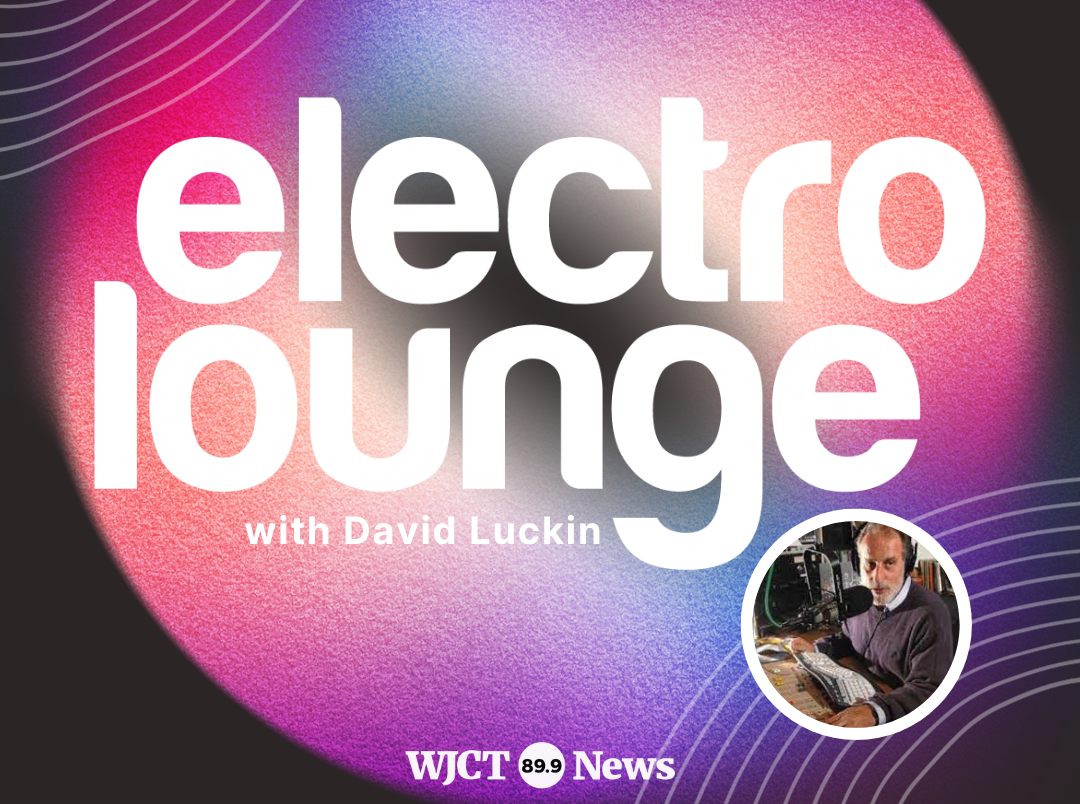
An Ultra-Chill Playlist from the Latest Episode of Electro Lounge
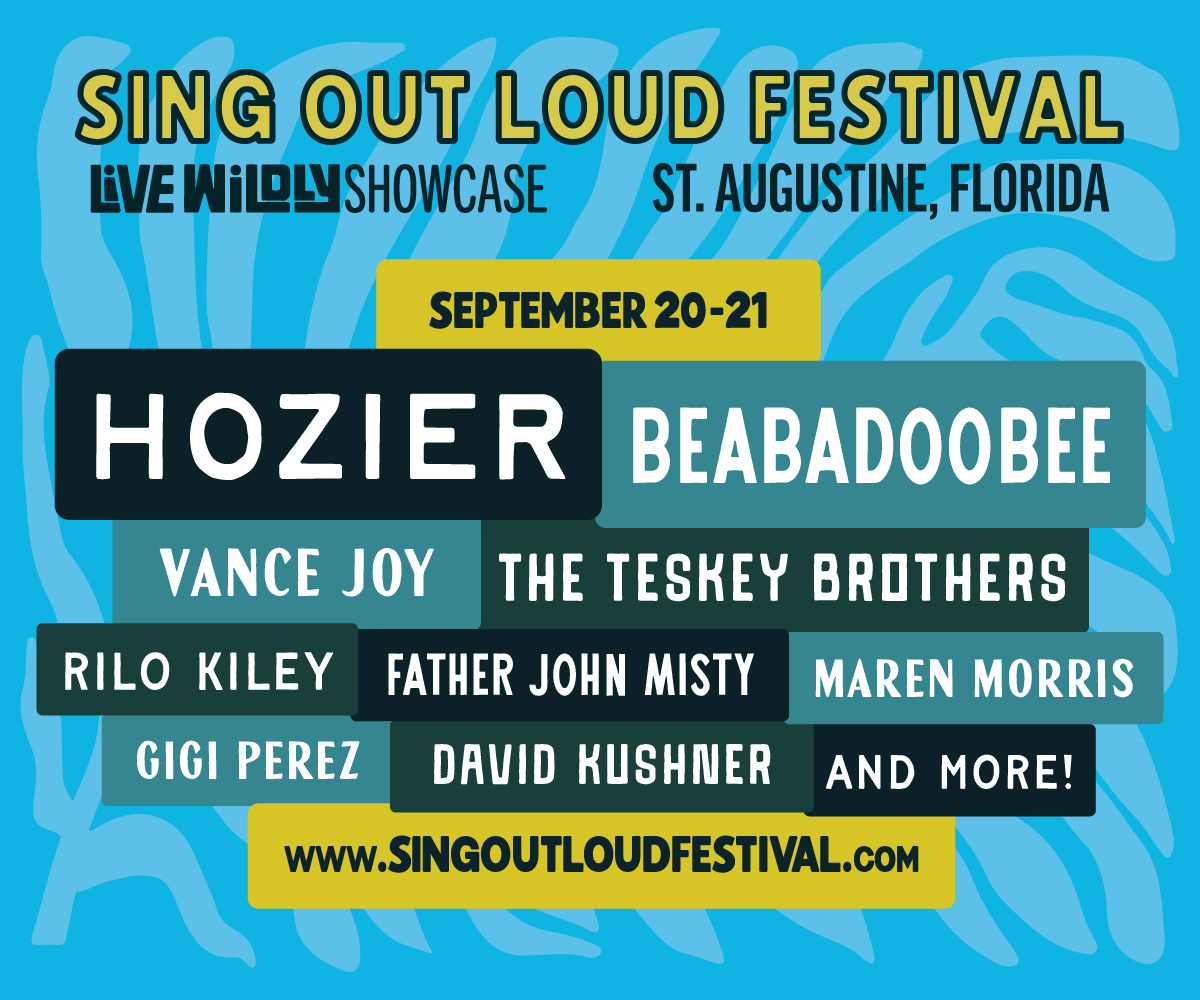
Sing Out Loud Festival Returns With Hozier, Beabadoobee, Father John Misty, Vance Joy and More
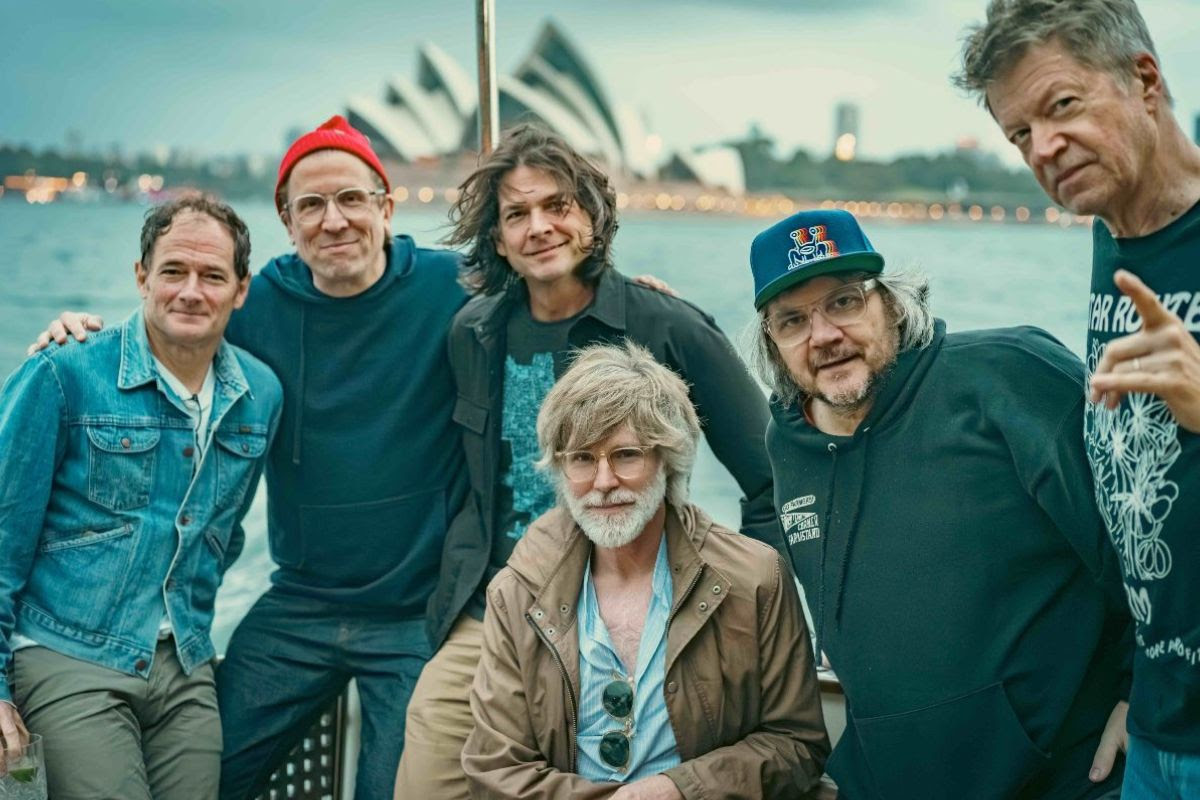
Chicago Alt-Country Faves Wilco Return to St. Augustine with Indie-Folk Great Waxahatchee
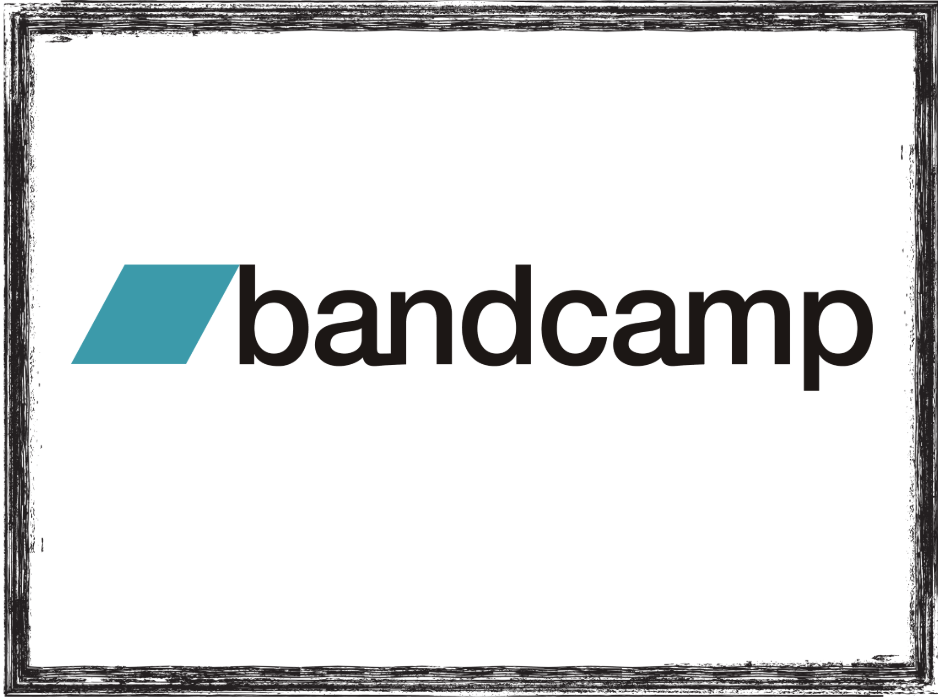
Looking for an Alternative to Spotify? Consider Hopping on the band(camp) Wagon
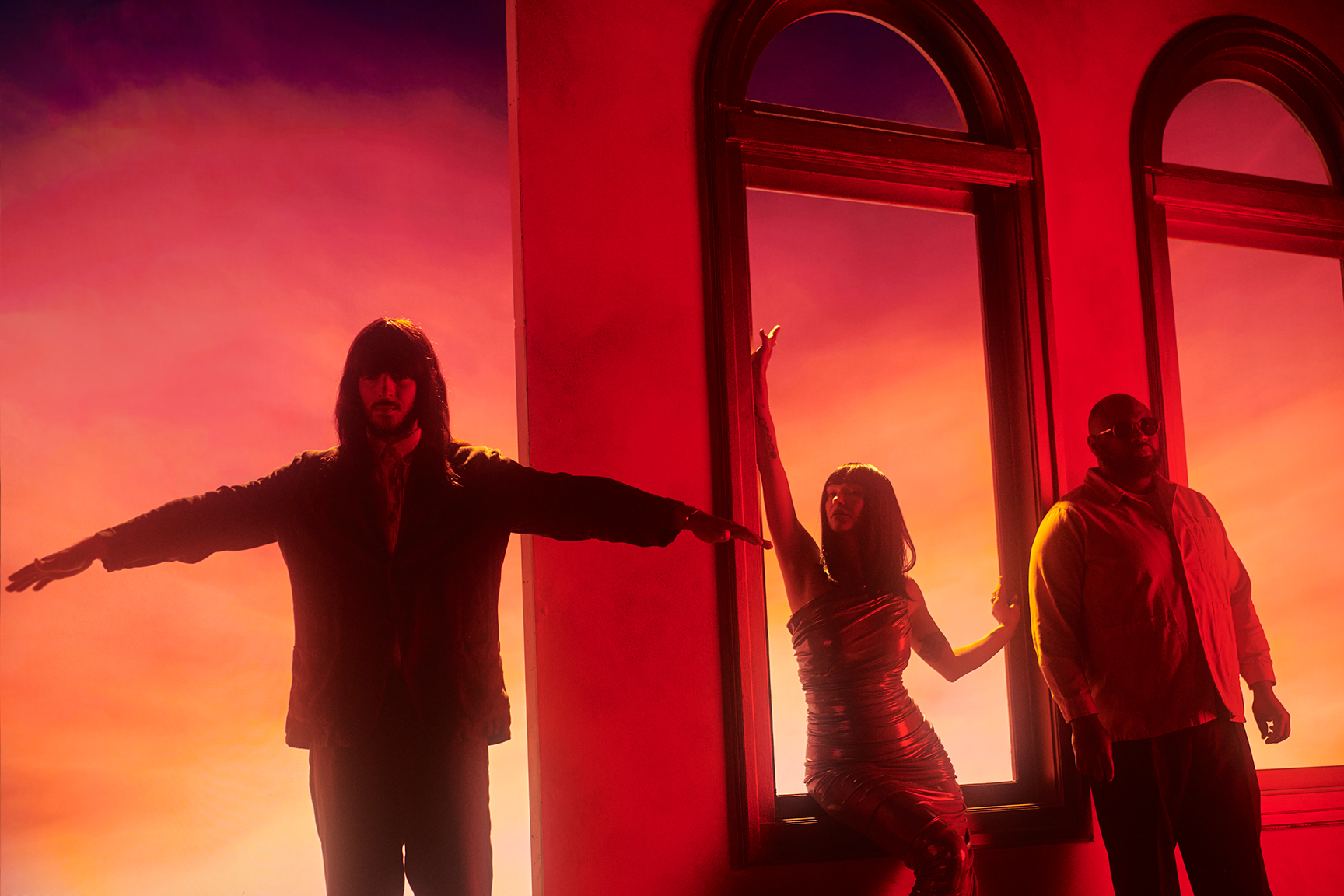
Khruangbin to Bring ‘A LA SALA’ Tour to St. Augustine in April

Perfume Genius, Flipturn, Tamino + Mitski and 6 New Songs to Stream
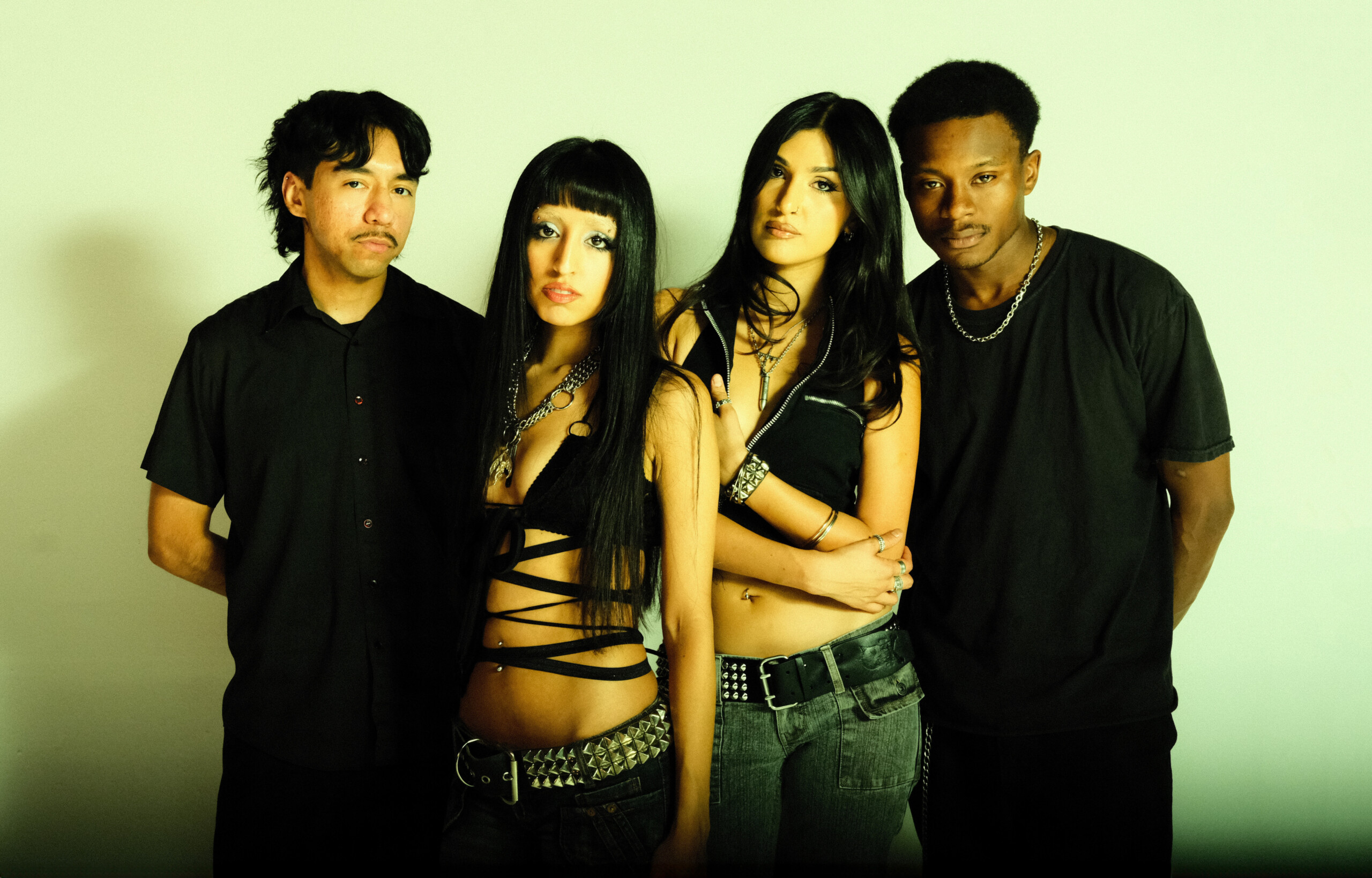
Song of the Day | “all tied up” by Glixen



